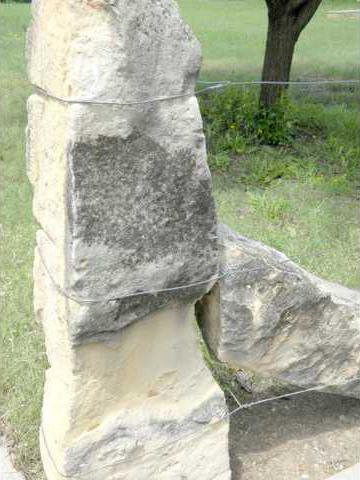Bradley R. Penka, an expert on barbed wire and post rock history, will speak at 7:30 p.m. Monday, May 18, at the Barton County Historical Society meeting. The program, which will be held at the historical society museum, is free and open to the public.
Penka has been involved in museums and historical research for over 20 years. He participated in the development of the Kansas Barbed Wire Museum in La Crosse.
He has a degree from Fort Hays State University and has published regional research projects, two books and several historical periodicals. His most recent book, “Post Rock Country,” was released in August 2014. The book tells a story of how a unique limestone bed known as Fencepost limestone, coupled with the late 19th century invention of barbed wire, shaped the culture of central Kansas. The book has since given rise to a museum exhibition which is now showing at Sternberg Museum in Hays.
When settlers first arrived, Kansas was a vast dry prairie. Trees were scarce. Pioneers needed something for construction. They found that prairie sod could be fashioned into dugouts or sod homes, but they needed constant maintenance.
They also discovered post rock. It was readily available, and the unusual formation was the perfect thickness (8 to 12 inches) for building. When limestone is first uncovered it is soft and chalky, making it easy to drill and form. Once the stone is exposed to the air, it hardens, making it an exceptionally strong building material.
At first, settlers used limestone blocks for the walls of dugouts instead of sod bricks. Once they discovered its potential, as well as its innate beauty, they began using limestone for more permanent buildings. In addition to homes, limestone was used to build schools, churches and bridges.
Then settlers found another use for the post rock – fence posts.
Smooth wire was replaced by barbed wire in the 1870s, creating very strong fences.
Post rock proved to be an excellent building material and one that would stand the test of time. Many of the buildings built of stone quarried by hand well over a century ago are still standing. Many of the fences also remain, guarding crops or protecting animals in the same manner as they did a century ago.
The Barton County Historical Society Village and Museum is located on U.S. 281, just south of the Arkansas River Bridge in Great Bend.
Post rock historian to speak at museum





